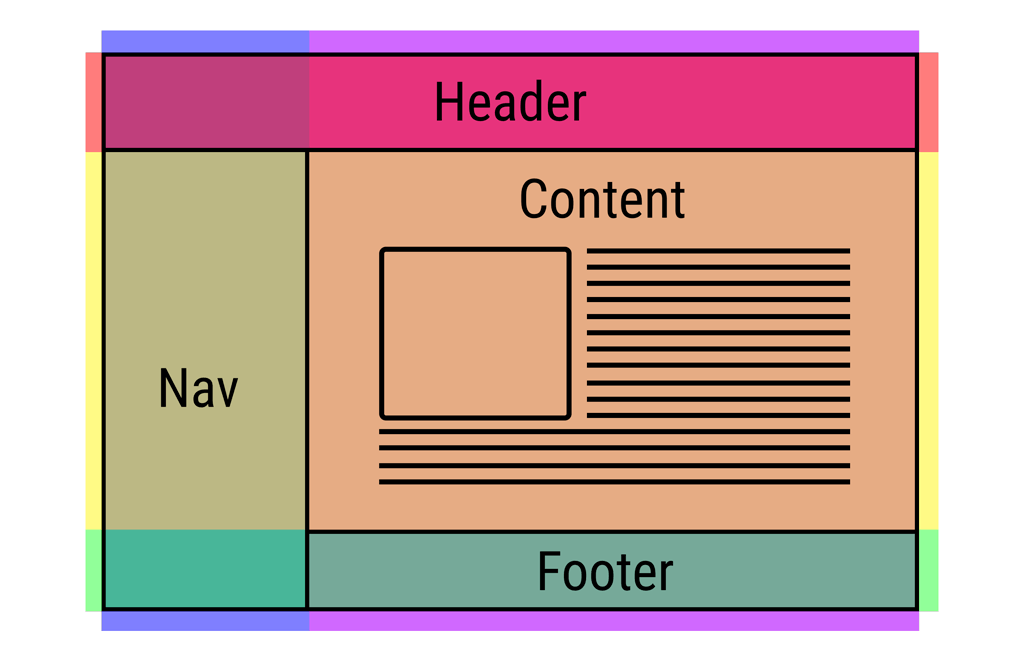CSS-GRID
Introduction
As the name implies, CSS Grid operates within a grid layout: a set of rows and columns (not unlike a table). To create a grid with CSS Grid, you specify how many columns wide it should be, and how many of those columns any particular piece of content should occupy.
CSS Grid Layout Module
The CSS Grid Layout Module offers a grid-based layout system, with rows and columns, making it easier to design web pages without having to use floats and positioning.
Basics and browser support

